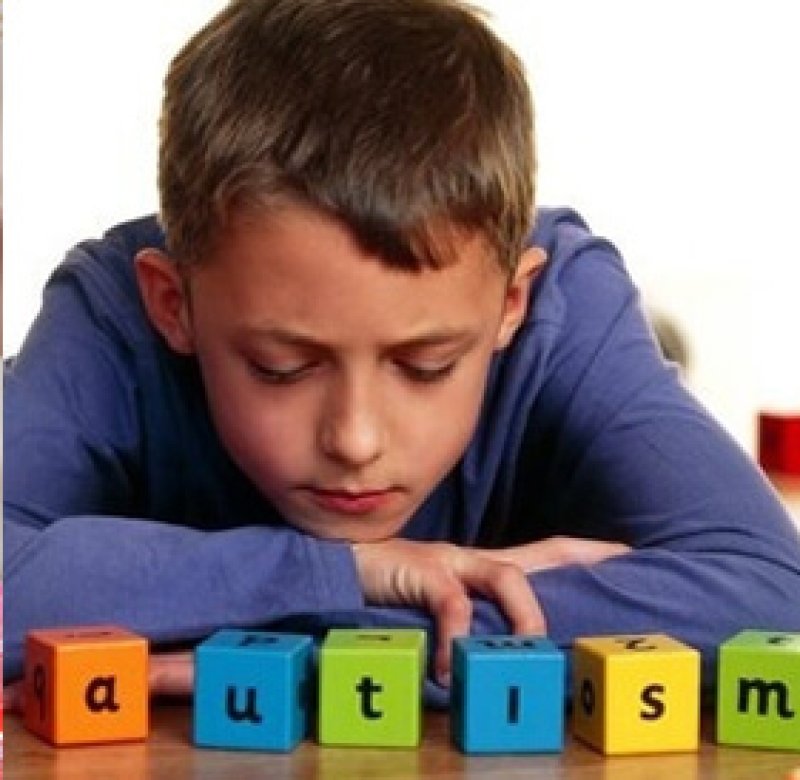The simplest and most direct method of studying the human brain is to probe the living organ directly. For myriad reasons, however, that approach is not practical, desirable or even sufficient — at least not with current technologies. Sometimes, scientists are able to examine postmortem tissues. In fact, this approach produced remarkable findings about developmental differences in the brains of autistic children. But it also presents its own set of challenges, including that study materials are an extraordinarily scarce resource. Live-imaging techniques are improving, but they are still relatively blunt analytical instruments.
More often, scientists turn to animal models, typically mice whose brains or behaviors have been modified to mimic aspects of ASD. In this sense, they are no different from the animal models used to study diabetes, cancer and many other human diseases.
But as much as rodents and humans share certain basic commonalities, there are also inherent differences in their genetic backgrounds, immune systems and brain circuits. Furthermore, animal models cannot represent the individual differences inherent in human populations. Simply put, mice are not tiny people; humans are a different species, and those differences can be significant.
Much more promising is the ongoing development of human biology-based models, such as induced pluripotent stem cells (iPSCs), derived without harm from autistic patients themselves. The iPSCs, transformed from ordinary cells into neurons, represent what’s colloquially known as “disease in a dish.” They can be cultured in abundance. They can be minutely studied for revelations about specific biochemical or cellular features that likely occur within developing fetal brains destined to be autistic. They can be exposed to possible damaging environmental factors and potential treatment drugs.
Read full, original article: Human Stem Cells Shape a New Approach to Autism Research































